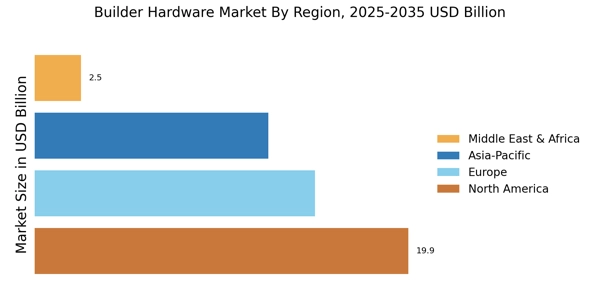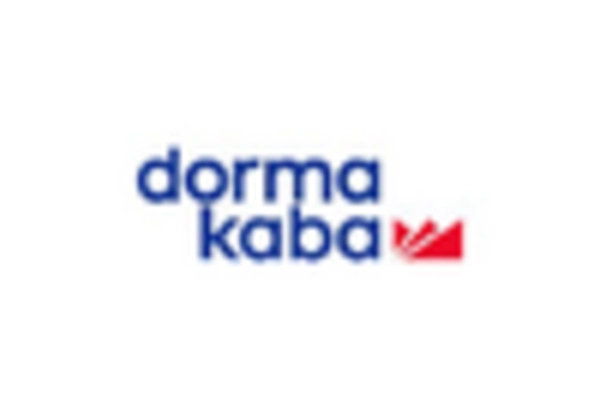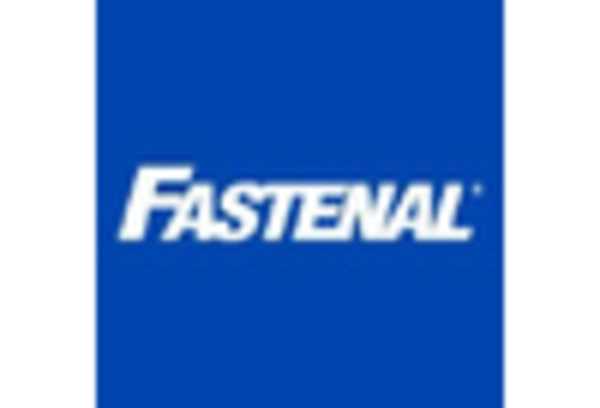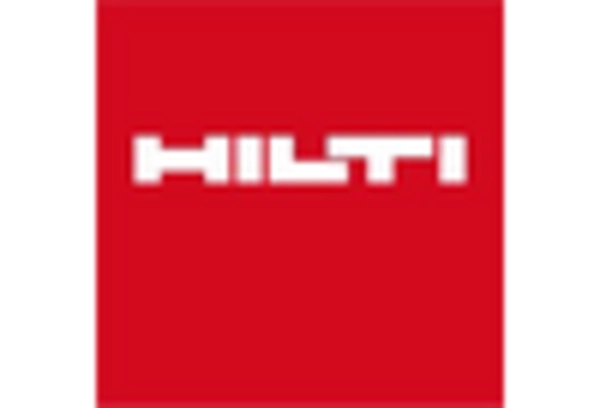Leading market players are investing heavily in research and development to expand their product lines, which will help the builder hardware market grow even more. Market participants are also undertaking various strategic activities to expand their footprint, with important market developments including new product launches, contractual agreements, mergers and acquisitions, higher investments, and collaboration with other organizations. To expand and survive in a more competitive and rising market climate, the Builder Hardware industry must offer cost-effective items.
Manufacturing locally to minimize operational costs is one of the key business tactics manufacturers use in the Builder Hardware industry to benefit clients and increase the market sector. The Builder Hardware industry has offered some of the most significant advantages in recent years. Major players in the Builder Hardware Market, includingASSA ABLOY (Sweden), Allegion plc (Ireland), Masco Corporation (US), dormakaba Group (Switzerland), Tyman plc (US), Roto (Germany), Siegenia (Germany), GUANGDONG KIN LONG HARDWARE PRODUCTS CO., LTD (China), and Sobinco (Belgium)., and others, are attempting to increase market demand by investing in research and development operations.
Assa Abloy AB, a Swedish conglomerate specializing in locks, doors, gates, and entrance automation, offers many products and services. These include access control systems utilizing keys, cards, tags, mobile devices, and biometric verification for controlling access and confirming identities. Assa Abloy collaborated with Allegion, a provider of security products and solutions, to develop comprehensive access control solutions specifically designed for commercial buildings. ASSA ABLOY and Allegion: ASSA ABLOY, a leading provider of door-opening solutions, collaborated with Allegion, a security products, and solutions provider, to develop integrated access control solutions for commercial buildings.
Stanley Black & Decker, Inc., previously known as The Stanley Works, is a well-established American company that manufactures industrial tools, household hardware, and security products.In a collaborative effort, Stanley Black & Decker joined forces with Schneider Electric, a multinational company specializing in energy management and automation, to create innovative smart home and building automation solutions. This partnership aims to integrate hardware and software technologies, providing advanced and efficient automation systems.


















Leave a Comment